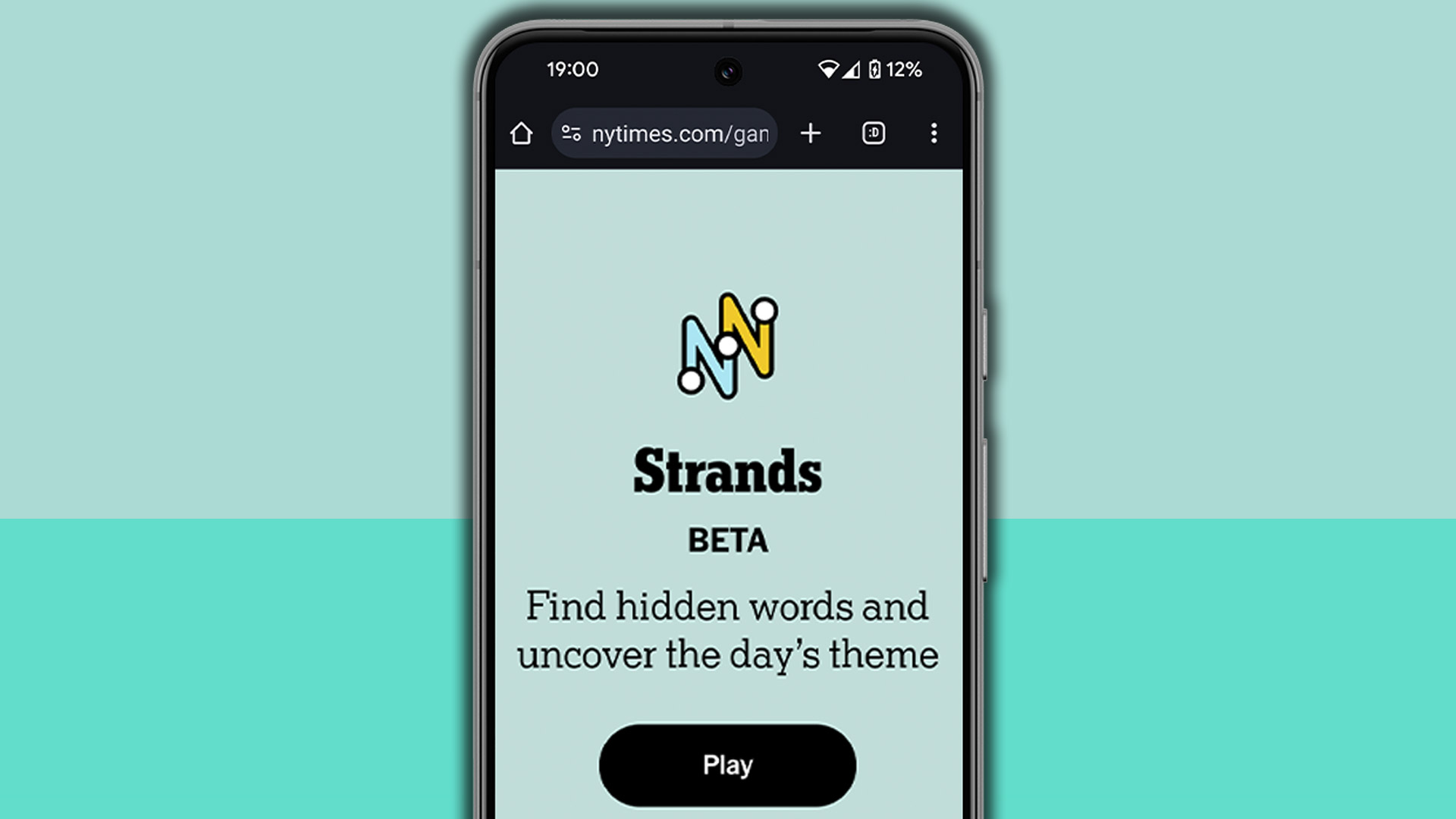LIFEHACKER.COM
How to Clean Up After You Spot Mice, Roaches, and Other Pests
We may earn a commission from links on this page.I have lived in New York City for 15 years now and in that time, I have occupied some truly horrific apartments, as broke post-grads are known to do. In that time, I have battled mice and roachesand crucially, I have emerged victorious from these battles. If and when you see a mousewhich can happen to even the cleanest, most careful personyour first thought may simply be about how to get it the hell out of your house. But after the shock wears off, you'll also need to think about cleaning. Once you've spotted a pest in your home, it's important to clean and get rid of anything that might attract more of its friendsbut also specifically because some pests, like mice, can carry diseases or otherwise make your place unsanitary. How to clean after you have miceDavid Price, Associate Certified Entomologist andDirector of Technical Services for Mosquito Joe, tells Lifehacker that cleaning is a key part of prevention, whether you just cleared an infestation or want to ward one off in the future. This means some bigger home maintenance tasks, like sealing gaps and cracks in your home's exterior with steel wool or caulk and keeping exterior grass trimmed and removing weedsbut it also means just keeping up with the small stuff, like cleaning up food spills quickly and not leaving pet food unattended.Over the years, I've learned my own prevention techniques as an urban renter with little to no control over what, if anything, my building does to keep me mouse-free. I use airtight containers for all my foods, for instance. Mice are crafty and hungry, so a bag or cardboard box of food in the cupboard is nothing more than a little puzzle for them to eat right through. A set of four mouse-proof containers, like these, is around $20. And when it comes to your pets, don't pile a bunch of food in their bowl and call it a day. Dole out small portions and remove what they leave every night. As for post-mouse cleaning, you need to thoroughly disinfect every place they may have gone. Marla Mock, President of Molly Maid, says you should sanitize all counters, floors, and other surfaces, plus check areas where they might have hidden, like under appliances and inside cabinets. Wear gloves and use a diluted bleach solution to sanitize these areas. If you find droppings, cover them in your diluted bleach solution for a few minutes before attempting to sweep them up. Mice also have a tendency to run next to baseboards and other low surfaces. You may see some greasy-looking streaks. These are nefarious, as other mice can see them and feel confident a peer was in that same location. Thoroughly bleach your baseboards and any low surfaces, like table legs or the bottoms of appliances. How to clean after a roach or bug infestationPrice, the bug expert, recommends removing any sources of standing water after getting rid of bugs. Without giving away too many personal details, I will say I learned the hard way two years ago that you can't just leave a leaky shower head alone because it's "not bothering" you. Any wetness can attract something that will bother you. You should also see any bug encounter as a sign to declutter your home, since you want to lessen the amount of spaces they can hide. Again, prevention is important, so build the habit of wiping up any spill or food waste promptly. I also recommend having a sealed garbage can to prevent any enticing odors. Per Mock, once you've gotten rid of the bugs, you should deep clean your whole home by vacuuming, dusting, and wiping down all your furniture, floors, and baseboards, while paying special attention to corners, cracks, and crevices. Wash your bedding and linens in hot water, too, to kill bugs and their eggs, especially if you suspect bedbugs. (If you do suspect bedbugs, it's worth looking into more specific treatment methods.)What to keep in mind about pests and cleaningFirst of all, if you see a mouse or a roach, don't get down on yourself. They're hungry and cold, like any creature, and they're following their instincts by trying to find somewhere safe to hang out and eat. It doesn't mean you're a slob or a disgrace; it just means they figured out a way in. You also can't control your building's pest prevention efforts, the cleanliness of your neighbors, or weather events that force critters that belong outside to run inside. Focus on what you can control, which is pest removal and future prevention. "Most people do not think to start outside," says Price. "They tend to think it's only inside their home that's the issue. Most of the time, the infestation begins outside, whether that be from your trash or overgrown weeds, bushes, etc. It's important to tidy up your yard." When you're looking for repellents, keep in mind that some are more serious than others. If you have pets, look for ones marked pet-friendly. If you're going to periodically spray with Raid, understand that it will drive bugs from their hiding places and, unfortunately, out into open spaces before it kills them. Spray before you leave the house for a long time, so you're not breathing it in, and prepare to clean up when you get home. Finally, when you're cleaning, try to think like a pest. By that, I mean don't just clean what you can see. Pull things off shelves, get under appliances, and think of the locations that could be, as Mock calls them, "hidden spots." If you're nervous about doing that because, God forbid, you don't want to find a live bug, call a friend to help you. You can't just leave it alone and hope for the best. If you're really struggling to get the situation under control, call an exterminator and/or a house cleaning serviceand let the cleaner know the deal in advance to make sure they're equipped to help.










